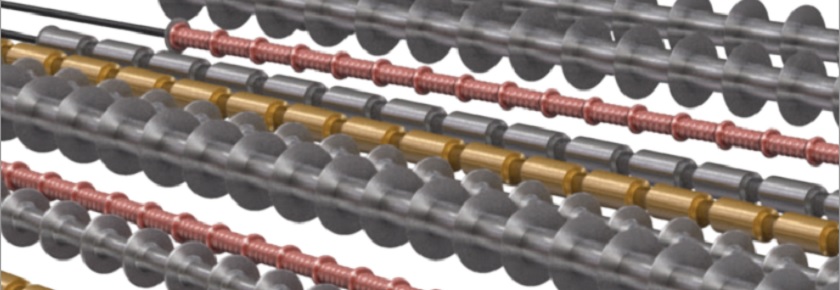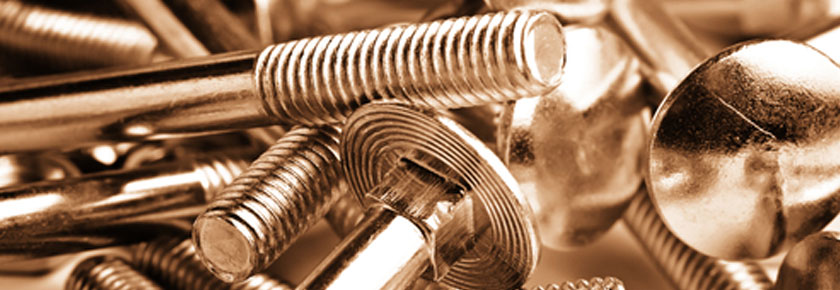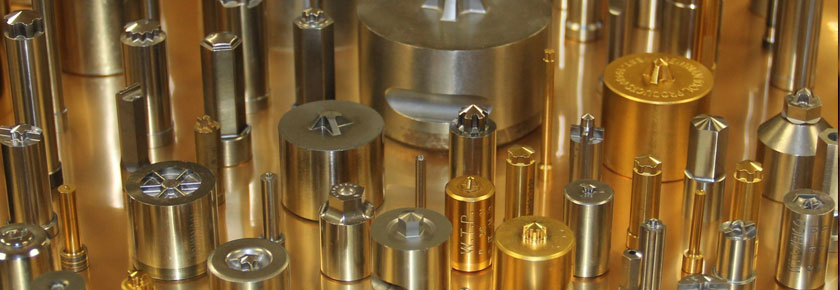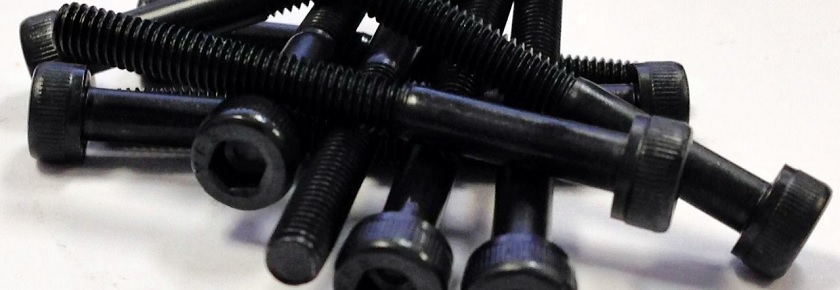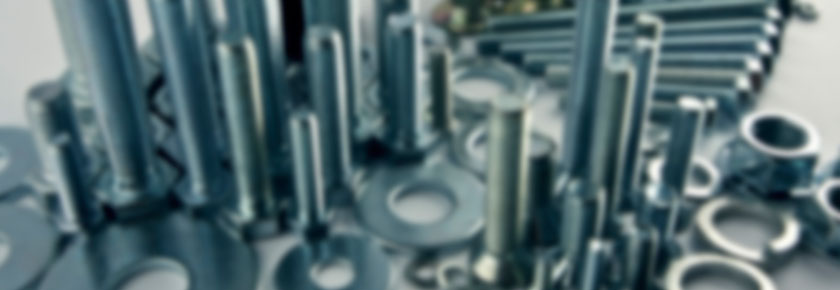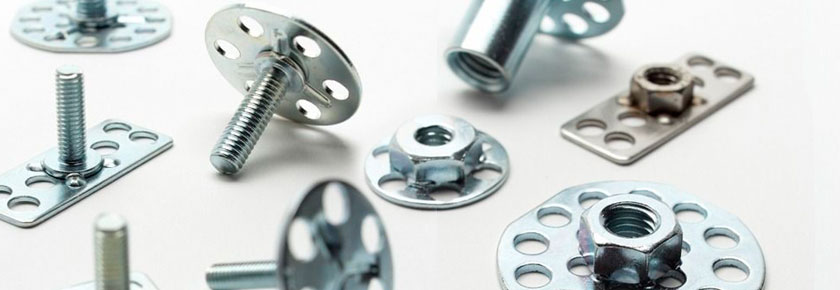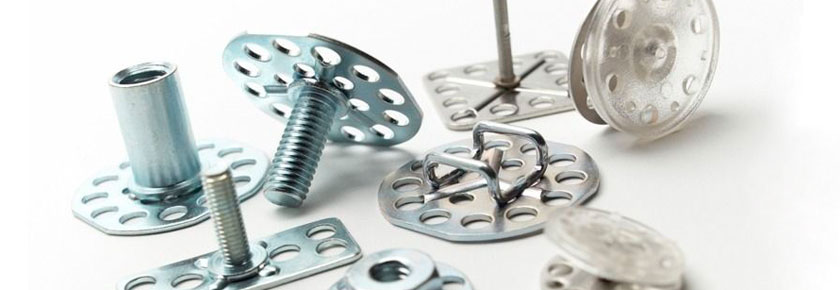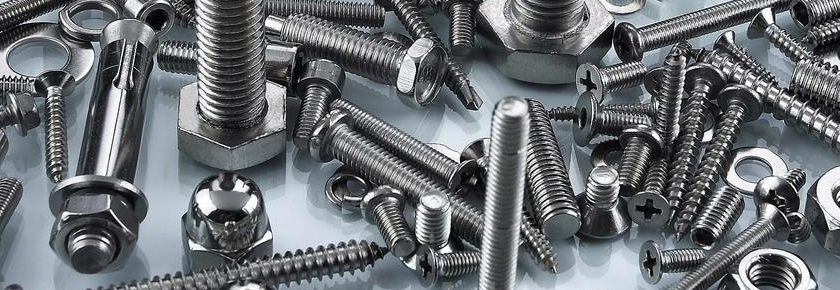Everyone wants the tool that is going to streamline their processes. Fortunately, Bossard’s semi-automatic fastening system utilized with Speed Rivets is one of those invaluable tools.
Speed Rivets are designed for a rapid installation, perfect for quickly fastening different materials and thicknesses. Electronic applications, vehicle construction, household appliances and metal cabinets are among the different applications that Speed Rivets are ideal for.
How It Works
Speed Rivets are pre-loaded on a mandrel, where they’ll be introduced into the nose of the riveting tool for continuous fastening up to 70 rivets per minute.
Tool actuation pulls the mandrel through the rivet, expanding it within the hole. This provides high clamping capability and secure joints. With controlled wear and tear of the disposable mandrel head used for the rivet expansion, rigorous clamping of all rivets is achieved.
The standard Speed rivet is capable of achieving high clamping strength thanks in large part to the formation of its closing head. Multi-speed, grooved and other types of Speed Rivets are also available depending on your material requirements.
Why Semi-Automatic Fastening?
The benefits of using semi-automatic fastening with Speed Rivets are myriad. First and foremost, semi-automatic fastening reduces the loading time of rivets in guns manually. With Speed Rivets, the need for reloading after each rivet is also eliminated.
The tools required for installation can be pneumatic or hydro-pneumatic, and can be custom-made to suit your assembly requirements. Due to the increased installation speed, you’ll see a substantial decrease in the amount of overall time required for assembly.
Few solutions available on the market allow you to increase the speed and efficiency of your processes while also maintaining both the quality and security of your products. Speed Rivets and semi-automatic fastening the rare advancement that does it all. To learn more about the benefits of Speed Rivets, contact Bossard at ProvenProductivity@bossard.com.

